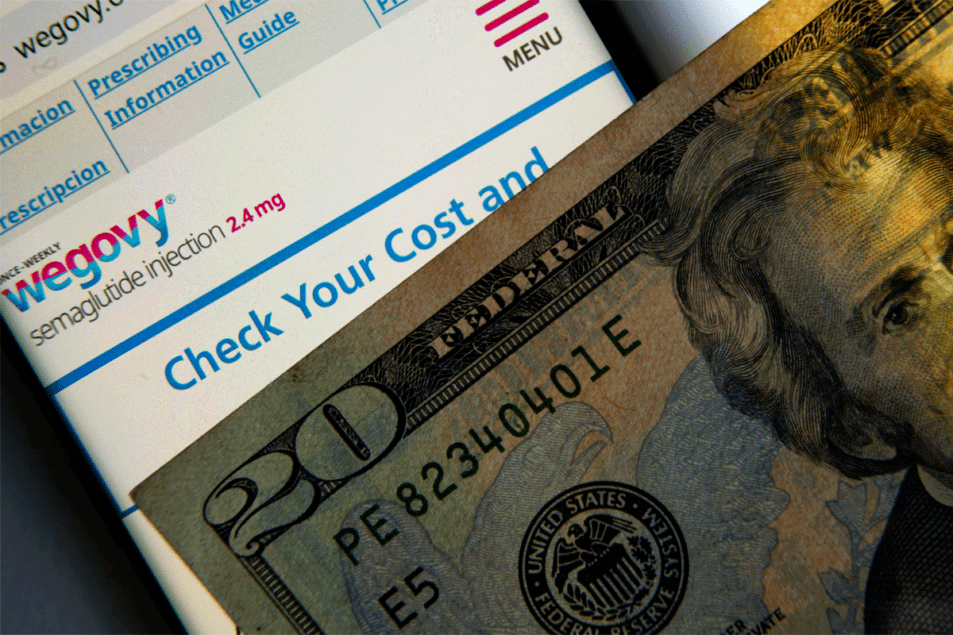Consumers using GLP-1 weight-loss drugs have been found to reduce their grocery spending by nearly 6% on average, with significant decreases in purchases of sweet and salty foods and snacks, according to a study conducted by Cornell University’s S.C. Johnson College of Business and consumer data research firm Numerator.
The study, titled The No-Hunger Games: How GLP-1 Medication Adoption Is Changing Consumer Food Purchases, analyzed 2,623 households with at least one GLP-1 user, selected from a sample of 22,712 households surveyed on GLP-1 drugs in four waves between October 2023 and July 2024. Researchers tracked grocery expenditures six months before and after GLP-1 adoption.
The results showed a gradual and sustained decline in grocery spending following GLP-1 adoption, reflecting the known effects of these medications in reducing appetite and overall food intake. Grocery spending by households with at least one GLP-1 user decreased by about 5.5% six months after adopting the medication. This reduction translated to an annualized decrease of $416 per household, based on an average monthly grocery expenditure of $630.
Higher-income households showed even larger cutbacks in post-GLP-1 grocery spending, with those earning over $125,000 per year reducing their monthly grocery purchases by 8.6%, amounting to an annualized decrease of $690. This reduction was more than double the 4.2% decrease observed in households earning less than $125,000 annually.
The study also identified specific trends in the impact of GLP-1 drugs on grocery purchases, with significant decreases seen in categories such as chips, sweet bakery items, side dishes, and cookies. Consumers using GLP-1 medications for weight loss notably reduced spending on high-calorie, high-sugar, and high-fat items, including chips, savory snacks, and sweet bakery products.
Interestingly, the study found that the changes in spending behavior did not necessarily indicate a shift towards purchasing healthier options. While there was a modest increase in spending on fresh produce and yogurt among weight-loss users, the primary dietary change appeared to be a reduction in high-calorie items, leading to a proportional shift towards healthier options without a substantial increase in the quantity of those items.
The study also explored the impact of GLP-1 drugs on food-away-from-home spending, revealing changes in mealtime consumption patterns, particularly at breakfast and dinner times. Additionally, the study highlighted potential challenges and opportunities for the food industry as GLP-1 medications reshape consumer purchasing patterns.
As the effects of GLP-1 drugs on consumer behavior evolve over time, food companies may need to reassess their product portfolios to remain competitive. Adjustments in product formulations, portion sizes, and packaging may be necessary to cater to consumers gravitating towards smaller portions and healthier, convenient options.
In conclusion, the study emphasized the need for the food industry to adapt to the changing preferences of consumers on GLP-1 medications, suggesting that targeted adjustments in product offerings may be necessary to meet the evolving needs of this consumer segment. By understanding and responding to these shifts in consumer behavior, food companies can position themselves for success in a changing market landscape.
